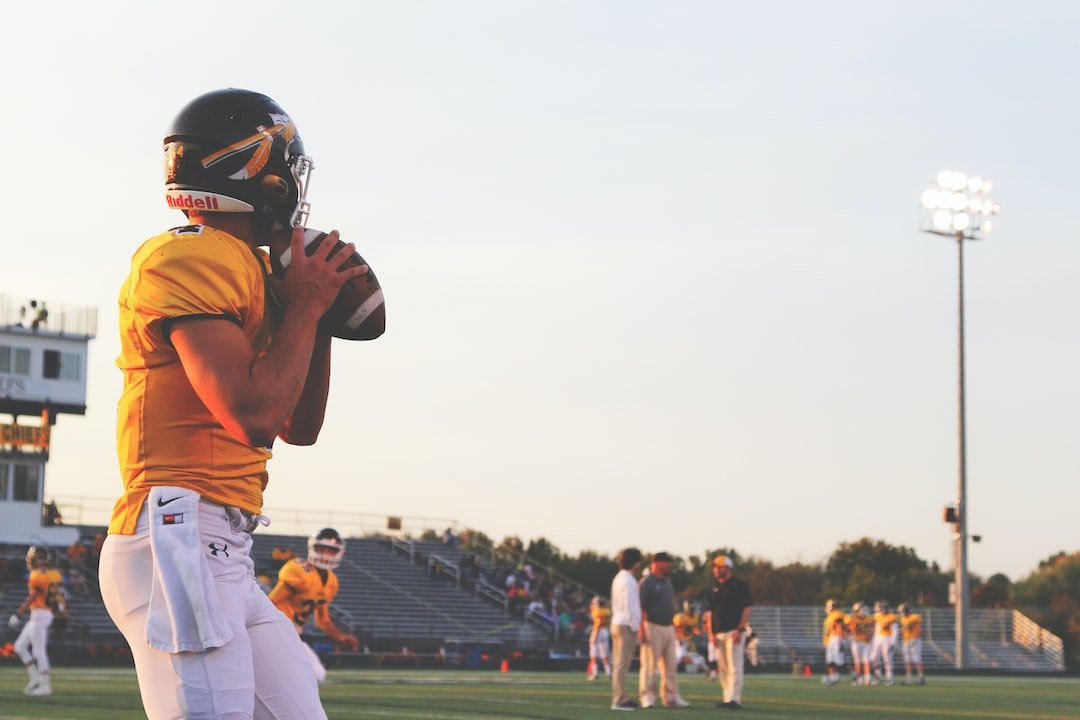Breaking Stereotypes: Celebrating Diversity in Sports
Sports have always been a powerful platform for breaking stereotypes and promoting diversity. Whether it is overcoming gender biases, challenging racial prejudices, or debunking misconceptions about physical abilities, athletes around the world have continuously shattered these barriers and inspired others to do the same. In this blog post, we will explore how sports celebrate diversity and the impact it has on shaping a more inclusive society.
One of the most prominent stereotypes in sports is the belief that certain sports are only meant for a particular gender. However, athletes like Serena Williams, Simone Biles, and Ronda Rousey have proven that women can excel in traditionally male-dominated sports. By breaking gender norms, they have paved the way for other young women to pursue their passion and break through societal limitations.
Similarly, the inclusion of LGBTQ+ athletes in the sports world has played a significant role in challenging stereotypes. In recent years, LGBTQ+ athletes, such as Megan Rapinoe and Tom Daley, have openly expressed their identities, showing the world that their sexual orientation does not limit their talent or dedication. Their visibility has not only inspired others to come out and be proud of who they are but has also increased acceptance and understanding within the sports community.
Additionally, racial diversity in sports has played a crucial role in dispelling racial prejudices. Athletes like Usain Bolt, LeBron James, and Yao Ming have become global icons, proving that talent knows no boundaries and that individuals from different racial backgrounds can achieve greatness. By showcasing their skills on the world stage, they have shattered stereotypes and ignited conversations about race, diversity, and inclusion in sports.
Another stereotype that continues to be shattered is the misconception about physical abilities. People with disabilities have shown tremendous strength and skill in various sports, challenging the belief that athleticism is limited to those without disabilities. Paralympians like Tatyana McFadden and David Weir have become role models for individuals with disabilities, proving that determination and hard work can overcome any physical limitation.
Sports have not only given individuals the confidence to break stereotypes but have also played a significant role in promoting understanding and unity among communities. Famous sporting events like the Olympics, World Cup, and Commonwealth Games bring together athletes from diverse backgrounds, fostering a sense of camaraderie and breaking down cultural barriers. Furthermore, these events showcase the power of sports to transcend nationalities, languages, and ethnicities, promoting mutual respect and appreciation for diversity.
In schools and local communities, sports also serve as a tool for social inclusion and breaking down barriers. Programs focused on promoting diversity and inclusion create opportunities for individuals from all backgrounds to participate and engage in sports. These initiatives encourage teamwork, empathy, and mutual respect, teaching young individuals the importance of embracing diversity.
However, while progress has undeniably been made in celebrating diversity in sports, there is still work to be done. Stereotypes and biases continue to persist, and more efforts are needed to ensure equal opportunities and representation for all individuals, regardless of their gender, race, sexuality, or physical ability.
In conclusion, sports have become a powerful vehicle for breaking stereotypes and celebrating diversity. Athletes have challenged gender norms, racial prejudices, and misconceptions about physical abilities, inspiring others to follow their dreams. By promoting understanding, unity, and inclusivity, sports have the potential to shape a more inclusive society where diversity is celebrated and embraced. It is our collective responsibility to continue breaking down barriers and ensuring that sports remain a platform for equality and empowerment.

